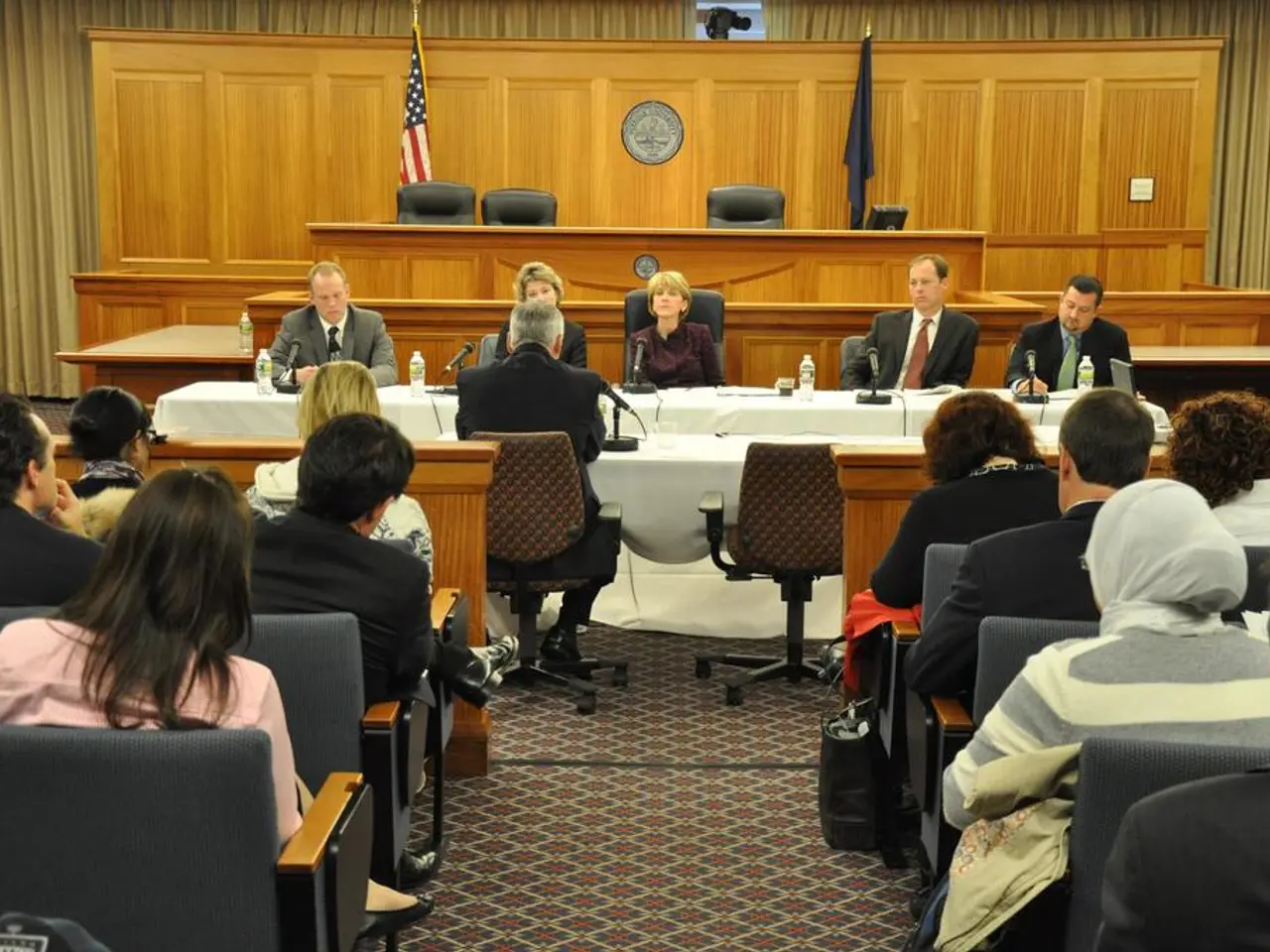States with the Lowest and Highest Mortgage Interest Rates as of June 27, 2025 in the United States
In the current economic climate of 2025, mortgage rates are not one-size-fits-all, with significant variations observed between states. The reasons for these differences are multifaceted, encompassing local economic conditions, lender competition, borrower risk profiles, state-specific regulations, and national monetary policy trends.
**Local Economic Conditions and Demand**
The overall health and housing market activity in a state play a crucial role in determining mortgage rates. States with strong economies and high demand for home loans often see slightly elevated rates due to increased market activity. Conversely, in lower-demand or economically slower states, lenders may offer more competitive rates to attract borrowers.
**Lender Competition and Market Density**
States with a larger number of lenders and a more active housing market tend to have lower mortgage rates due to competition. Densely populated states like New York and California generally have more lenders vying for business, driving down rates. In contrast, sparsely populated states such as West Virginia or Alaska may have fewer lenders, less competition, and therefore higher average mortgage rates.
**Borrower Risk Profiles and Loan Characteristics**
Statewide variations in average borrower credit scores, average loan size, and typical down payments influence mortgage rates. States with borrowers who have higher credit scores and larger down payments often benefit from lower rates because lenders perceive less risk. In contrast, where credit scores tend to be lower, lenders may increase rates to mitigate risk.
**State Regulations and Fees**
Different states have unique regulatory frameworks and additional fees (such as mortgage recording taxes or insurance requirements) that can affect the cost of lending and thus influence mortgage rates indirectly.
**National Factors with Local Impact**
While national factors like Federal Reserve policies, inflation, and government borrowing impact base mortgage rates, their effects manifest differently at the state level depending on local economic resilience and lender strategies. For example, Fed balance sheet reductions can push rates up nationwide, but how lenders in each state absorb or pass on these increases varies.
In June and July 2025, the lowest average 30-year mortgage rates were around 6.7% in states like New York, Colorado, and California, while some states like West Virginia and Alaska had averages close to 7.0% or higher. These differences largely reflect the interplay of the factors outlined above.
Navigating the world of mortgage rates can be overwhelming, but it's recommended to compare rates from multiple lenders, negotiate, and consider using a mortgage broker. Be cautious of teaser rates advertised online, which may require paying points upfront, be reserved for borrowers with near-perfect credit scores, only apply to smaller-than-average loans, or have hidden fees and costs.
As of now, the current average 30-year new purchase mortgage rate is 6.75%, with the lowest rates found in states like New York, Colorado, California, New Jersey, Washington, D.C., Connecticut, Massachusetts, Pennsylvania, and Washington. However, these mortgage rate averages can vary for individual borrowers based on their financial situation.
On the contrary, the most expensive states for mortgages are West Virginia, Alaska, Iowa, North Dakota, and Nebraska, with rates ranging from 6.84% to 6.92%. Homeowners insurance is a required part of most mortgage agreements, and property taxes vary significantly from state to state and city to city.
Over the past few months, there has been a decrease in 30-year new purchase mortgage rates, bringing the national average down to 6.75%, which is the lowest since April 2025. The current average 15-year fixed mortgage rate is 5.74%, while the current average FHA 30-year fixed mortgage rate is 7.55%. The current average Jumbo 30-year fixed mortgage rate is 6.77%.
Understanding these factors can help borrowers shop strategically based on their location, ensuring they secure the best mortgage rate available to them.
- For a personal-finance perspective, analyzing mortgage rates in different states requires considering local economic conditions, demand, lender competition, market density, borrower risk profiles, and loan characteristics, as well as state regulations and fees.
- Borrowers in densely populated states like New York and California can benefit from lower mortgage rates due to increased competition among lenders, while those in less populated states such as West Virginia or Alaska may see higher rates due to fewer lenders.
- Understanding that statewide variations in average borrower credit scores, average loan size, and typical down payments influence mortgage rates is essential to gain a comprehensive view of the market and make informed financing decisions.
- State-specific regulations, fees, and additional costs like mortgage recording taxes or insurance requirements indirectly impact mortgage rates, so evaluating state regulatory frameworks is crucial when comparing rates between locations.
- The effects of national factors like Federal Reserve policies, inflation, and government borrowing on base mortgage rates can differ significantly at the state level, as local economic resilience and lender strategies vary from one state to another.




